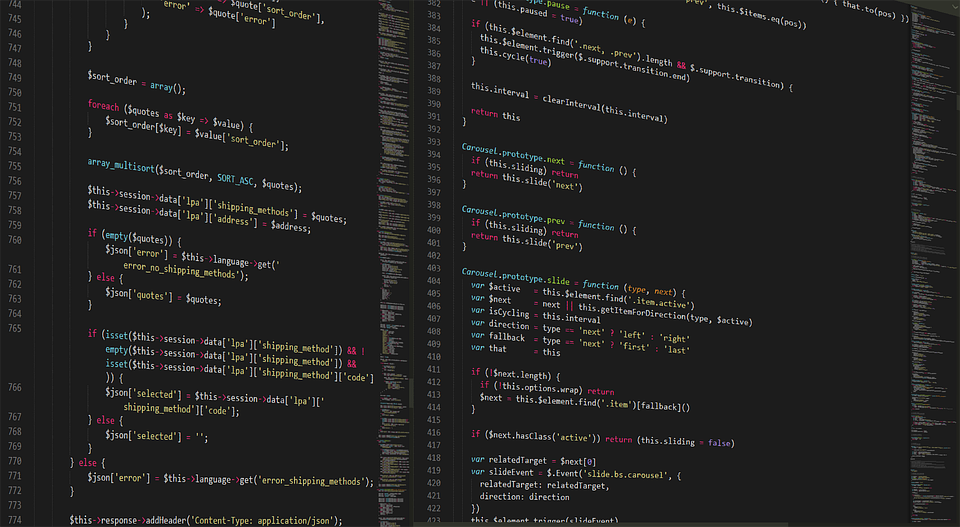
Many site development companies, in previous times used easy HTML to design sites. But when particular design required to be altered, it became quite tedious to perform these changes across all of the pages of the site.
Web design with CSS has been growing for quite a while now and internet development companies have been adapting to the newest versions. There are a variety of methods by which the CSS could be sourced to your HTML page at the browser.
- The internet page designer/developer can specify style sheets which could be retrieved from an external document or embedded in the HTML page.
- The consumer may have styles defined to your browser which will override the designs applied to the page. Such a CSS document is saved on the desktop of the consumer.
- Although website design with CSS has simplified matters for designers and site development firms, there are still a few constraints that have to be definitely considered when using cascading style sheets.
- The browser support for CSS isn’t standardized yet and old versions of a browser can’t decode the design tags. Hence the desired design of a page isn’t totally obtained.
- Designers occasionally will need to compromise the visual impact of the page, since it isn’t feasible to have different wallpapers for every single graphic element.
- CSS doesn’t support any shapes aside from a perfect rectangle so putting a limit using aesthetics for a variety of contours.
- CSS doesn’t permit whole control over the vertical positioning of the design as far as it will for the horizontal setting of components on the page.
There are several other drawbacks which may restrict the usage of CSS. Nonetheless, these are being operated in present version CSS3 and with all the benefits and the simplicity that CSS provide, it’s improbable that website development businesses cease using CSS.

